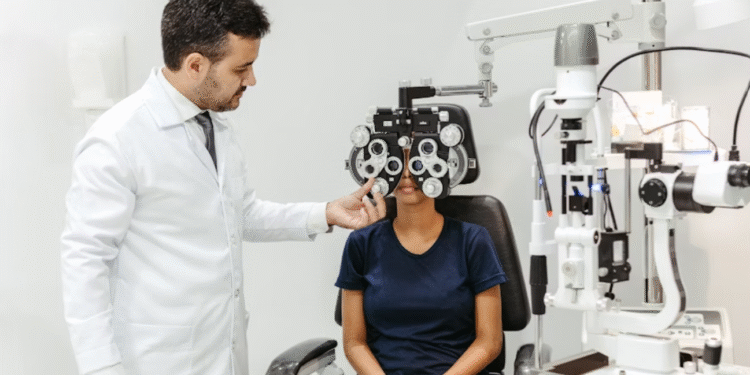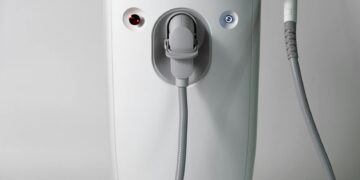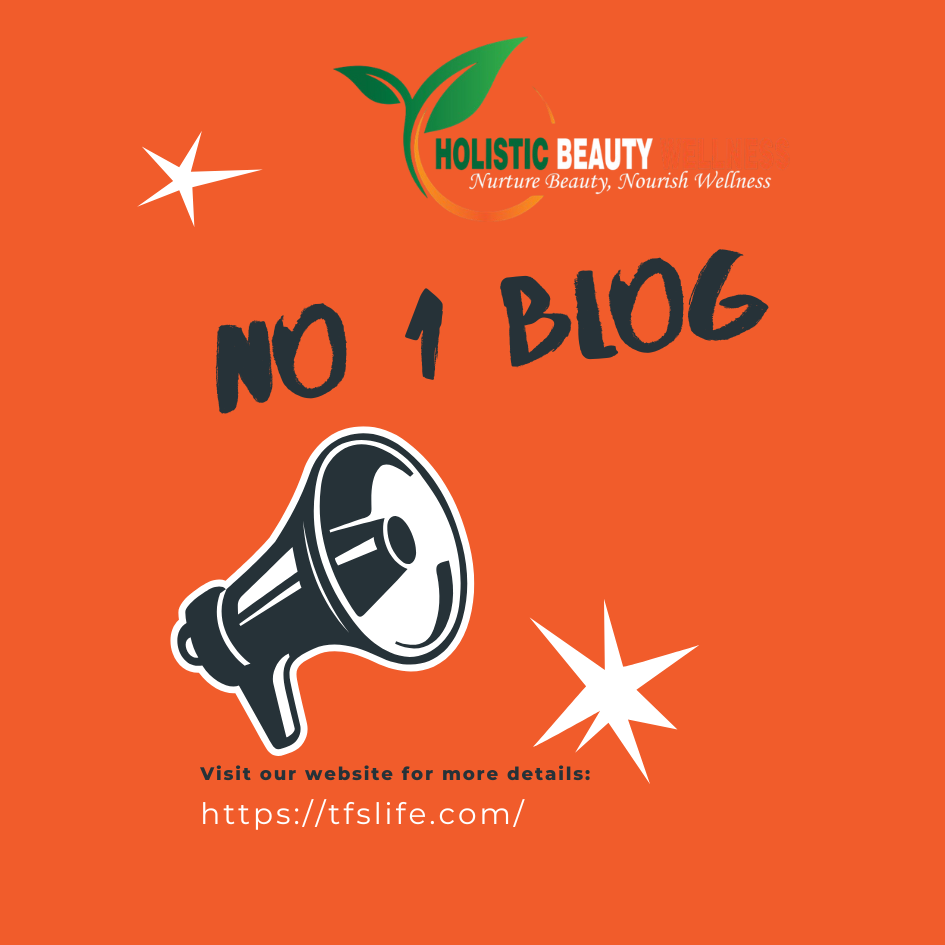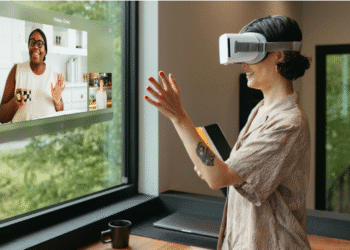Technology and innovation have brought a range of skincare treatments to the market to address common issues including wrinkles, acne, and uneven skin tone. LED light therapy is one technique that has become very popular. This painless and non-invasive treatment was previously only offered in dermatological clinics, but it is now widely accessible in handheld devices.
Targeting acne, minimising the visibility of wrinkles and fine lines, and enhancing the texture of the skin are all potential benefits of LED light treatment. But is the hoopla justified, and how does it operate? The science of LED light treatment, its advantages, and how it can change your skincare regimen will all be covered in this post.
LED Light Therapy: What Is It?
A skincare procedure called LED (Light Emitting Diode) therapy employs light with different wavelengths to reach different depths in the skin. These light wavelengths target problems including acne, inflammation, and ageing symptoms by promoting the skin’s natural healing processes.
The therapy’s roots can be found in NASA studies that employed LED light to hasten astronauts’ tissue restoration and wound healing. Since then, it has been modified for cosmetic and dermatological therapeutic applications.
The Various LED Light Types
With a distinct wavelength, each colour of LED light penetrates the skin at varying depths to provide the desired effects. The lights that are most frequently used in skin care include:
1. Blue Light (400–480 Nm).
• Blue light helps treat acne by destroying bacteria that cause breakouts, such as Propionibacterium acnes or Cut bacterium acnes, which thrive on the skin.
• Additionally, it lessens the activity of sebaceous glands, which stops the generation of too much oil that might block pores.
2. Violet Light (620–750 nm)
• Anti-aging is the main benefit.
• Red light reaches deeper into the skin to promote the creation of collagen and elastin, which are the proteins that give skin its suppleness and firmness.
• It helps healing by increasing blood circulation, which in turn increases cell turnover.
3. At 750–1,200 Nm, Near-Infrared Light
Skin restoration and pain alleviation are the main benefits. This kind of light penetrates the skin’s deepest layers, promoting tissue repair, lowering inflammation, and promoting general skin health.
4. 570–590 Nm Yellow Light
• Yellow light calms sensitive or irritated skin, making it perfect for anyone with rosacea or sun damage. • Main Benefit: Reduces redness and promotes even skin tone.
5. Green Light (Nm 495–570)
• Green light lowers melanin synthesis, which helps lighten dark spots and hyperpigmentation for more radiant skin. • Brightening and evening-out pigmentation are the main benefits.
What Is the Process of LED Light Therapy?
The mechanism of action of LED light therapy is cellular. The skin’s chromophores, or light-sensitive molecules, absorb the various light wavelengths, starting several biological processes:
1. Increases Collagen Production: Fibroblasts, the cells that make collagen and elastin, are stimulated by red light. This lessens the visibility of wrinkles and fine lines.
2. Kills germs: By focusing on the germs that cause acne, blue light lowers inflammation and stops new outbreaks.
3. Lessens Oxidative Stress: Free radicals that might harm the skin barrier and induce premature ageing are neutralised by LED light treatment.
4. Enhances Circulation: LED light improves nutrition delivery to the skin by boosting blood flow, which encourages cell renewal and healing.
5. Reduces Inflammation: Red and yellow lights soothe sensitive skin, lowering redness and swelling brought on by sun damage, rosacea, or acne.
LED Light Therapy Advantages
1. Treatment for Acne
By destroying germs and regulating oil production, blue light is very useful in treating mild to moderate acne. It is suitable for delicate skin and doesn’t irritate strong topical treatments do.
2. Effects on Anti-Aging
Red light promotes the synthesis of collagen, which lessens the visibility of wrinkles and fine lines. Additionally, it increases the suppleness of the skin, giving the appearance of firmer, plumper skin.
3. Enhanced Texture of the Skin
By smoothing out uneven skin texture, regular LED light therapy can lessen the visibility of rough areas, enlarged pores, and scars.
4. Skin Tone Brightness
A brighter and more even complexion can be achieved by reducing pigmentation, black spots, and redness with the use of green and yellow lighting.
5. Less Inflammation
An effective option for soothing irritated skin and lowering swelling is LED light therapy, particularly for situations like rosacea or post-procedure redness.
6. Non-Intrusive and Secure
LED light therapy is mild, painless, and appropriate for all skin types, in contrast to laser treatments or chemical peels. Because there is no downtime, it is perfect for people with hectic schedules.
How to Apply Professional Treatments with LED Light Therapy
Dermatologists and aestheticians frequently provide LED light treatment for optimal outcomes. These high-end gadgets can produce results more quickly and are more powerful than alternatives for use at home.
Devices for the Home
Light treatment is now more widely available thanks to handheld LED masks, wands, and panels. Even though these tools aren’t as strong as those in clinics, they work well when used regularly. Popular choices include of:
• LED face masks: These address a variety of skin issues and cover the full face.
• Spot treatment tools: Made for minor trouble spots or acne.
How to Use It at Home:
1. Begin with dry, clean skin.
2. Select the light hue that best suits your skin type.
3. Use the gadget for ten to twenty minutes, as directed by the maker.
4. Apply moisturiser and sunscreen as part of your usual skincare regimen.
Are There Any Hazards or Adverse Reactions?
With few adverse effects, LED light treatment is generally regarded as safe. Nonetheless, several safety measures must be implemented:
• To protect your eyes, avoid staring at the light directly. Many gadgets have goggles or eye protection built right in.
• Before utilising LED light treatment, people with certain skin disorders or photosensitivity should speak with a specialist.
• It’s important to adhere to suggested treatment times because excessive use may result in moderate skin irritation.
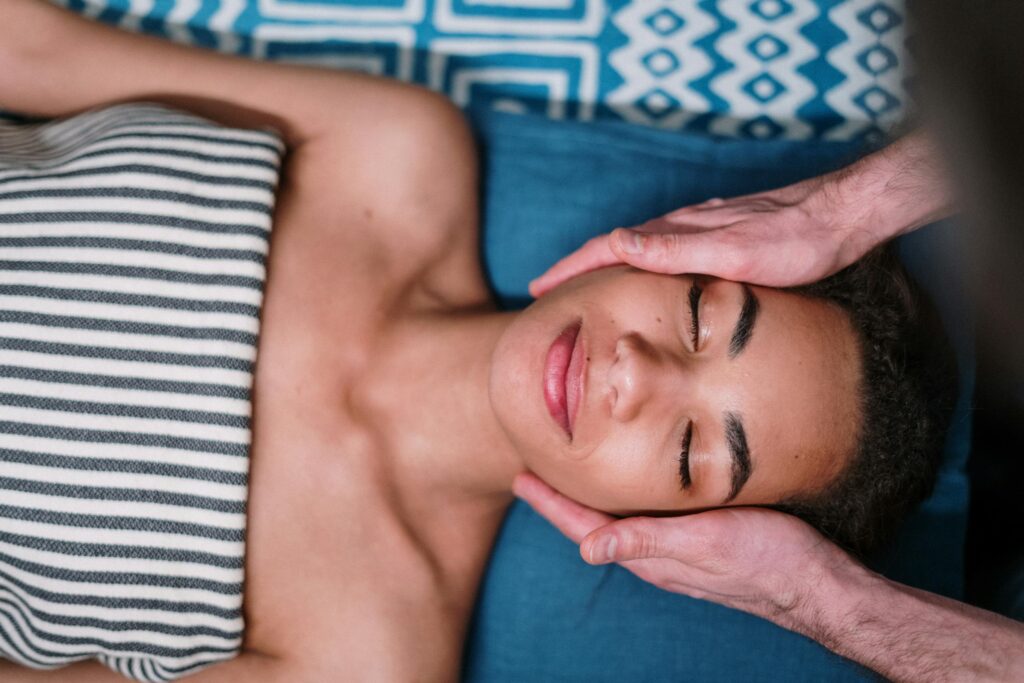
Improving Outcomes with Skincare
Combine LED light therapy with a customised skincare regimen to get the most out of it:
• Before treatment, cleanse your skin to get rid of oils, debris, and makeup.
• Following treatment, use calming and moisturising products such as serums that include peptides, niacinamide, or hyaluronic acid.
The Verdict Backed by Science
An effective, non-invasive treatment for ageing, acne, and general skin regeneration is LED light therapy. It provides focused benefits by utilising the power of particular light wavelengths without the dangers of invasive procedures.
The secret to getting significant results is persistence, whether you choose to invest in at-home devices or expert treatments. It can be a great supplement to your daily skincare regimen to help you achieve healthier, more radiant skin, but it won’t take the place of it.
Search Engine Optimisation Keywords: LED light therapy for acne, anti-ageing light therapy, blue light for acne, red light for wrinkles, LED skincare devices, advantages of LED therapy, skincare technology, enhance skin tone, LED acne treatment, anti-ageing solutions.



